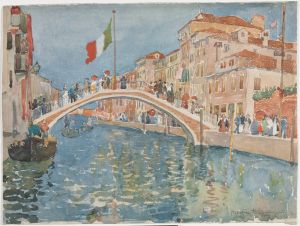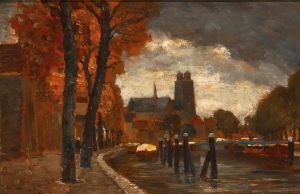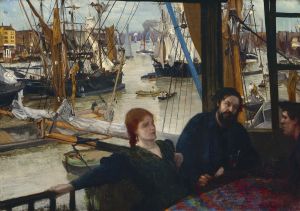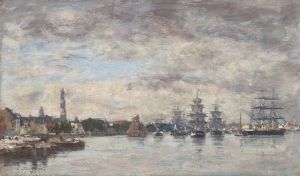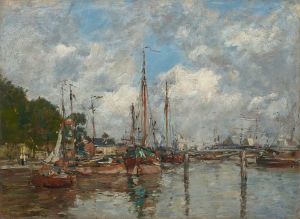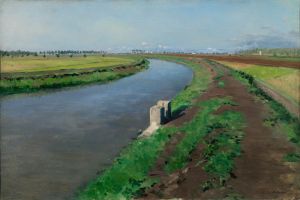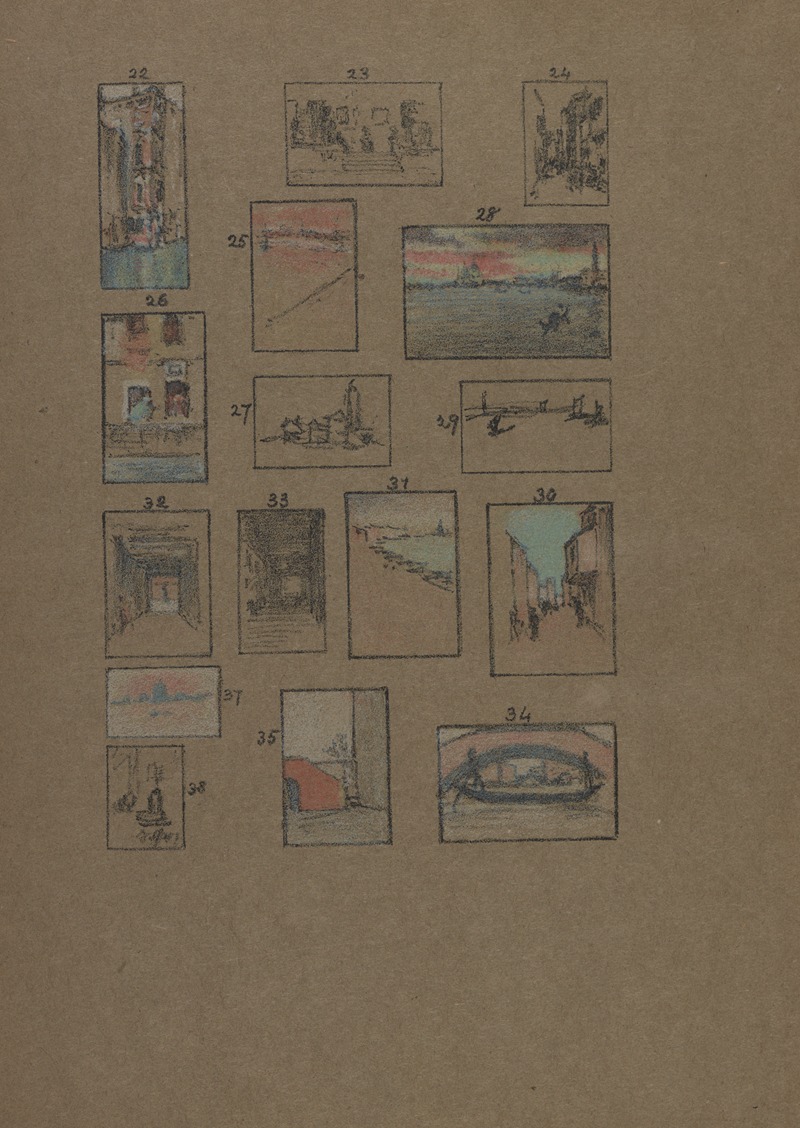
16 pastels of Venice
A hand-painted replica of James Abbott McNeill Whistler’s masterpiece 16 pastels of Venice, meticulously crafted by professional artists to capture the true essence of the original. Each piece is created with museum-quality canvas and rare mineral pigments, carefully painted by experienced artists with delicate brushstrokes and rich, layered colors to perfectly recreate the texture of the original artwork. Unlike machine-printed reproductions, this hand-painted version brings the painting to life, infused with the artist’s emotions and skill in every stroke. Whether for personal collection or home decoration, it instantly elevates the artistic atmosphere of any space.
James Abbott McNeill Whistler was an American artist known for his significant contributions to the art world during the late 19th century. Among his diverse body of work, Whistler created a series known as the "16 Pastels of Venice," which captures the enchanting allure of the Italian city through the medium of pastel. This series is a testament to Whistler's innovative approach to art and his ability to convey atmosphere and mood through subtle color and composition.
Whistler first visited Venice in 1879, a trip that was initially intended to be a brief stay. However, he ended up spending over a year in the city, during which he produced a substantial body of work, including etchings, paintings, and pastels. The "16 Pastels of Venice" were created during this period and are celebrated for their delicate portrayal of Venice's unique light and architecture.
The pastels depict various scenes of Venice, capturing the city's canals, bridges, and iconic buildings. Whistler's use of pastel allowed him to experiment with color and texture, creating works that are both vibrant and ethereal. The pastels are characterized by their soft, muted tones and the artist's ability to capture the fleeting effects of light on water and stone. This series reflects Whistler's interest in the interplay between color and light, a theme that is prevalent throughout his oeuvre.
Whistler's time in Venice was not only productive but also transformative for his career. The works he produced during this period, including the "16 Pastels of Venice," were instrumental in establishing his reputation as a leading artist of his time. These pastels were exhibited in London in 1881, where they received critical acclaim for their innovative use of the pastel medium and their atmospheric quality.
The "16 Pastels of Venice" are considered an important part of Whistler's artistic legacy. They demonstrate his mastery of pastel as a medium and his ability to capture the essence of a place with minimal detail. Whistler's approach to these works was influenced by his belief in "art for art's sake," a philosophy that emphasized the aesthetic experience over narrative content.
Today, Whistler's pastels of Venice are held in various collections around the world, appreciated for their beauty and technical skill. They continue to be studied and admired for their contribution to the development of modern art and their influence on subsequent generations of artists.
In summary, the "16 Pastels of Venice" by James Abbott McNeill Whistler are a significant series of works that highlight the artist's innovative use of pastel and his ability to capture the atmospheric qualities of Venice. These works remain an enduring part of Whistler's legacy, celebrated for their beauty and their impact on the art world.





